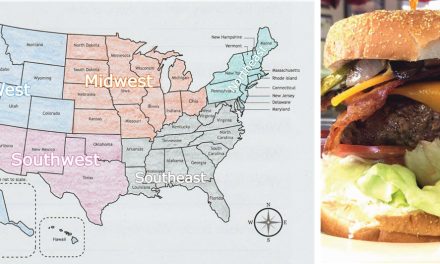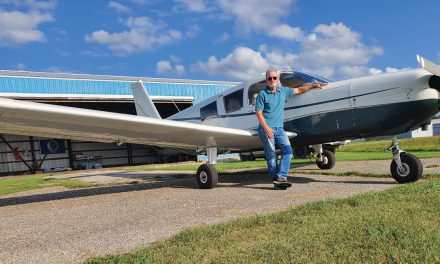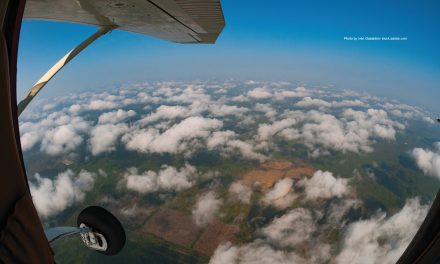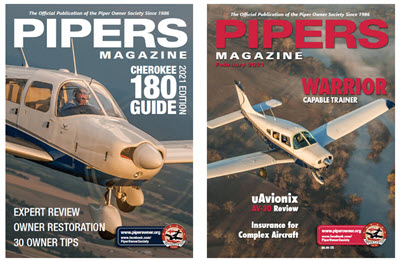Q&A with Erick McCormick, Aviation Real Estate Specialists Founder
Q: What is a fly-in community?
A: A fly-in community is a residential airpark featuring two or more homes. There are over 700 such communities across the U.S., excluding private properties with airstrips that serve only one residence.
Just to clarify, a Hangar Home is more hangar than home while a Home and Hangar is more home than hangar.
Q: What should every buyer know before buying a residential airpark property?
A: When purchasing a property in a fly-in community, consider the following key factors:
- Ensure the community is harmonious and that residents coexist peacefully with each other and those on adjoining properties.
- Verify that the right to use the runway is secure and irrevocable. Understand any easements or rights of way that ensure access to aviation facilities.
- Make sure the Property Owners Association (POA) or Homeowners Association (HOA) is well-managed, with sufficient resources to maintain aviation amenities like runways, taxiways, and fueling stations. Confirm that the HOA has a plan for regular maintenance and capital improvements.
- For the best experience, the association should be run by pilots or those who love aviation.
- For the residence, the aircraft hangar’s size is crucial. Ensure it accommodates your aircraft comfortably, as other aspects can be adjusted accordingly. Verify the hangar meets local building codes.
- Be sure the aircraft you are flying is allowed in this airpark. For example, not all airparks allow turbines or helicopters.
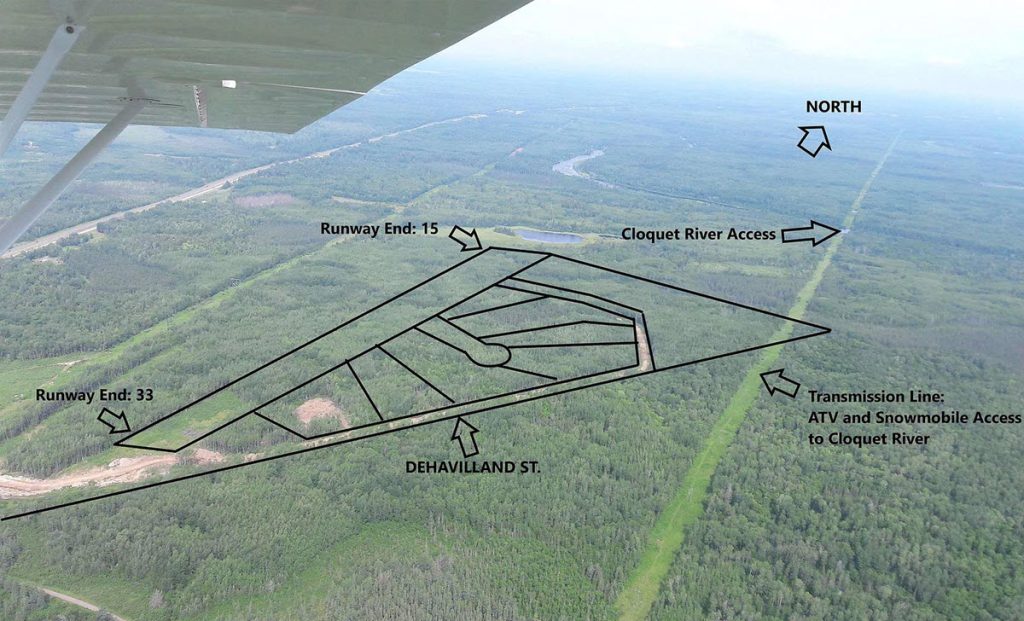

By focusing on these aspects, you can ensure a fulfilling experience in a fly-in community.

Q: What amenities might a buyer find at a fly-in community in addition to their home, garage, hangar, and access to the private runway?
A: Several key amenities enhance the experience for pilots and residents. These include:
- Visual aids like windsocks provide essential information on wind direction and speed, helping pilots make informed decisions during takeoff and landing.
- Priority signs indicating that aircraft have the right of way ensure safety and order within the community.
- Weekends are often busy with aircraft arriving and departing, creating a vibrant aviation atmosphere.
- Availability of 100LL or Jet A fuel caters to different types of aircraft, making the community more accessible to a variety of pilots.
- Transient parking allows visiting pilots to temporarily park their aircraft, often without needing to use a full-service FBO.
- Many airparks are incorporating turf runways, which are particularly appealing to pilots with larger tires, enhancing the community’s appeal and versatility.
- Proximity to attractions and activities the buyer enjoys on an ongoing basis: golf courses, equestrian trails, beaches, entertainment venues — just to name a few.
Q: Can non-residents fly in?
A: Each airpark has unique rules that dictate whether or not guests can fly in. Most allow guests but not all. Most airpark homes have a ramp area that allows for additional aircraft parking at the residence along with a community parking ramp area.
Q: Tell us more about housing options.
A: All types of housing options are available at a variety of price ranges. Vacant building lots can sell as low as $20,000. There are pros and cons to this option. Building a hangar home can take an enormous amount of time and energy, but at the end of the build you get exactly what you want.
Most airparks are filled with motivated, high net worth individuals driven to keep living the dream. Many of these are family-friendly and make their properties as affordable as possible. For example, the new owners of an airpark west of Phoenix, Arizona, plan to create a flying community with regular activities planned. This airpark has the goal of providing new hangar homes for under $500,000. There are other similar communities, like Pegasus Airpark (6AZ2) in Arizona, which are very popular among pilots.
Hangar homes in the most exclusive airparks will cost more. Homes and hangars in Sky Ranch at Carefree, in my opinion the nicest airpark in the country, start at $3 million dollars.
Aviation Real Estate Resources
If you would like to discuss aviation real estate options with Erik, you can schedule a meeting by calling 480-888-6380.
You will find additional information about aviation real estate by visiting these online sites:
- Aviation Real Estate Specialists Home Page
- Aviation Real Estate News and Marketplace
- Free Subscription to Aviation Real Estate Digital Magazine
- Residential Airpark Directory
- Aviation Home and Hangar Map
- Facebook – Aviation Home and Hangaro
Q: Are there any additional fees or costs a buyer should expect?
A: Airparks with a functioning HOA/POA typically have maintenance and dues well-managed. However, if this is not the case, it could be a significant concern. When purchasing a property at an airpark, it’s essential to proceed with due diligence, similar to buying a company. You want to ensure the community has a well-organized system in place to handle its operations effectively.
Q: What other advice would you offer a potential buyer?
A: Buying and selling aviation real estate is truly unique. Consider this question: Would you hire an appliance repair person to fix your aircraft? No, you would not. Then why would you consider hiring a real estate agent that has never sold aviation real estate?
Please reach out to me or one of our Aviation Real Estate Specialists. Not hiring an aviation real estate specialist could cost you a pile of money.
Q: Is there anything else you would like to tell our readers?
A: Buyers need to allow time to find their ideal aviation real estate. If you are serious about purchasing aviation real estate in any location, make contact with my team. They should avoid “lead diversion” websites. To learn more, visit: https://www.aviationrealestate.com/post/aviation-real-estate-buyer-notam-lead-diversion-websites
Sellers should avoid hiring real estate professionals that misspell the word “hangar” and ask questions like: “Can a 747 land at this airport?” Aviation real estate has extra value not normally understood by real estate agents, brokers, and appraisers.
Q: What are the biggest perks to living in a fly-in community?
A: For those that love aviation and live the aviation lifestyle this question is simple. We love to fly, hear aircraft noises, smell aircraft smells, talk about aircraft, watch aircraft takeoff, and talk to other pilots about aircraft.
Erik McCormick holds his PPC with a multi-engine rating and has logged the most time in a 500 Shrike Commander. He is a second generation pilot, the son of Jack McCormick, aka Baja 1, Baja Bush Pilots. In addition to being a licensed realtor (Arizona), he is the founder and owner of Aviation Real Estate Specialists, Aviation Real Estate Digital Magazine, HangarFAST.com, and AirparkMap.com.




